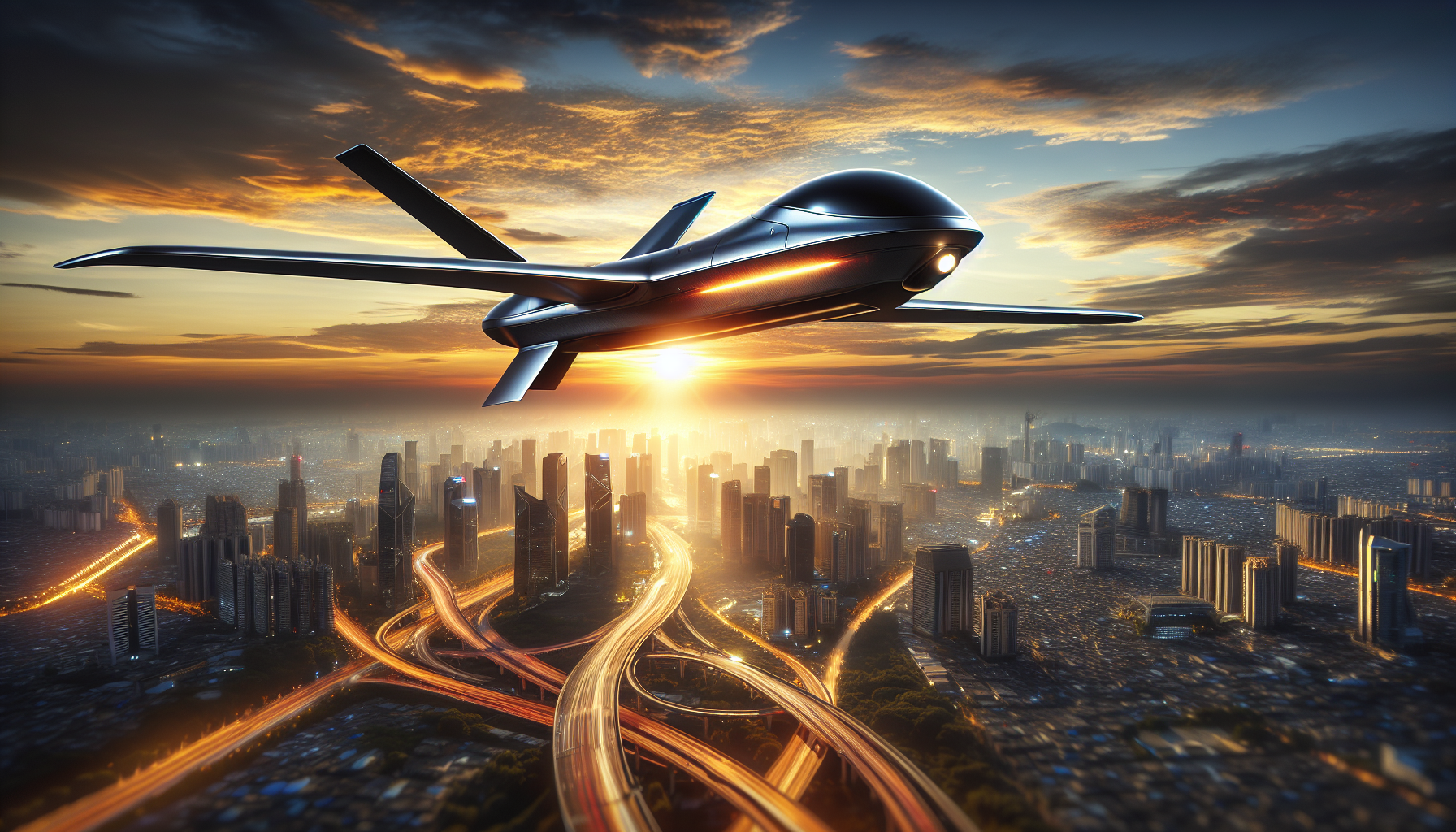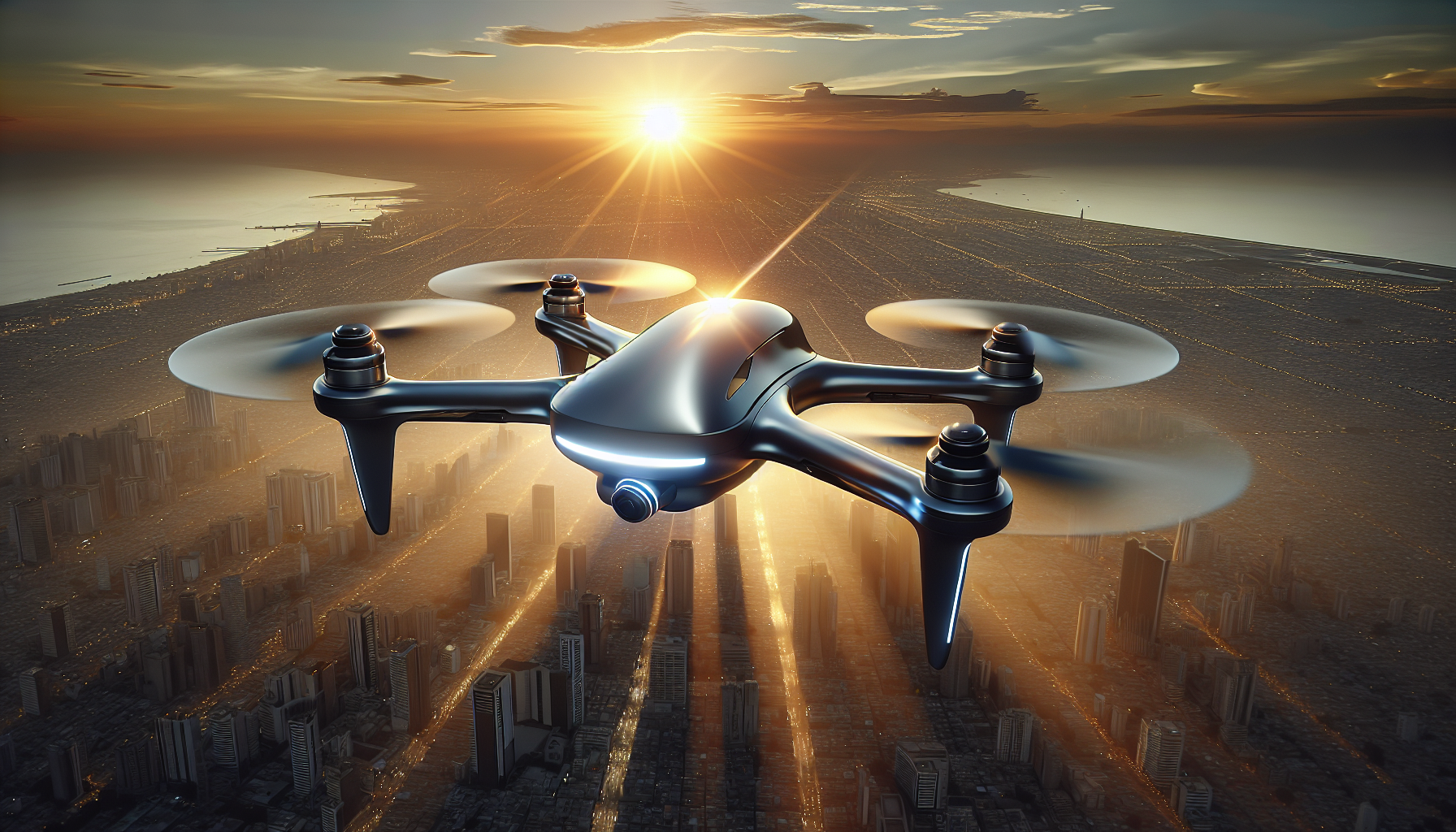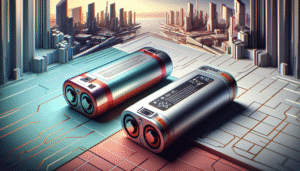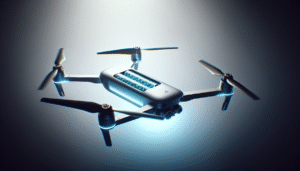Curious how military-grade drone battery technology is shaping the future of consumer UAVs? Advanced power systems developed for defense applications are now influencing everyday gadgets, especially unmanned aerial vehicles used for photography, surveying, and recreation. These innovations promise longer flight times, faster charging, and improved energy efficiency—key features for modern drone users. As technology evolves from battlefield precision to backyard convenience, the impact of military engineering on consumer electronics continues to grow, bridging the gap between high-performance tools and accessible tech for all.

Understanding Military Drone Battery Technology
Military drones, or unmanned aerial vehicles, serve a variety of roles in modern defense operations, from reconnaissance missions to targeted strikes. These high-stakes operations require technology that’s nothing short of cutting edge. At the heart of these drones lies their power source: the battery, a component critical to their performance and reliability. But what makes military drone batteries so special, and how does this translate to civilian applications?
The Basics of Drone Battery Technology
To talk about battery technology, I must first cover what constitutes a drone battery. Essentially, these are rechargeable units that store and provide electrical energy to power the drone’s motor and electronics. In the military realm, these batteries are often at the forefront of technological innovation, offering superior energy density, longer flight times, faster recharge rates, and better thermal efficiency. These features are crucial because, in military applications, the slightest hiccup can result in broader repercussions.
Why Military Drone Batteries Stand Out
The impressive performance of military drone batteries is largely attributable to the materials and technologies put into them. Typically, the military utilizes advanced lithium-based batteries due to their excellent energy-to-weight ratio and reliability under extreme conditions. This includes lithium-polymer (LiPo) and lithium-ion (Li-ion) batteries, known for their high energy density and ability to sustain longer flight durations. These batteries are also rigorously tested to survive harsh environments, be it scorching deserts or freezing tundras, ensuring consistent performance when it matters most.
Advanced Features and Innovations
Military batteries often employ cutting-edge features that you don’t typically find in consumer-grade batteries. For instance, they can integrate custom thermal management systems that allow drones to function optimally in extreme weather. Advanced charging systems are also common, enabling quicker charges without compromising safety—a handy characteristic when every minute counts during operations. Such innovations help to maximize both flight time and the lifespan of the hardware, keeping military drones in operation for as long as possible.
Potential Benefits for Consumer UAVs
Reflecting on the might of military technologies, it’s exciting to consider what similar features could mean for consumer drones. Chances are, if you’ve flown a UAV, you anticipated the thrill of watching landscapes unfold beneath its propellers, only to be abruptly reminded of its short battery life. How wonderful would it be if that battery tech took a leap toward what military drones can achieve?
Longer Flight Times
First and foremost, adopting military-grade battery tech in consumer UAVs could significantly extend flight times. Imagine being able to operate drones for hours without constantly checking the battery level. This would be a game-changer for hobbyists, videographers, and professionals using drones for everything from agriculture to infrastructure inspection. The potential to capture longer aerial footage or gather more in-depth data would open up new possibilities for creative and commercial pursuits.
Fast Recharging Capabilities
Fast recharging capabilities common in military batteries could also find their way into consumer models. Currently, waiting for a drone battery to recharge can be a test of patience, but with improved technology, recharge times could be drastically reduced. How nice would it be to quickly top off a battery during a lunch break, then relaunch and continue a work day of sky-high exploration?
Enhanced Safety Features
The adoption of advanced safety features is another promising prospect. Military batteries are designed with multiple fail-safes to prevent hazards like overheating or short-circuiting. Integrating such technologies into consumer drones could mitigate risks, ensuring safer operation, which is an appealing factor for both new users and seasoned veterans alike.
Rugged and Reliable Performance
Drawing on the robustness of military-grade components, future consumer UAVs may come equipped with batteries that are robust, reliable, and more tolerant against diverse weather conditions. This would benefit users who like to fly in various settings, knowing their devices have a dependable source of power.

Challenges and Considerations
Although the advantages are alluring, I would be remiss if I didn’t acknowledge the hurdles that lie in bringing military-grade technology to consumer products. It’s rarely a straight path from dreaming big to holding the dream in your hand.
Cost Implications
One primary challenge is the cost. Military technology is typically more expensive, due to its high performance and stringent quality standards. Transferring these qualities to consumer products without inflating costs significantly is an ongoing hurdle for manufacturers. Crafting a balance between advanced feature integration and pricing accessibility will determine how many of us can afford to adopt the latest UAV technology seamlessly into our lives.
Regulatory Hurdles
There are also regulatory concerns to consider. Government and aviation bodies meticulously manage the transition of military technologies to civilian applications, given the potential risks. Ensuring that new drone technologies comply with safety standards and environmental regulations will be paramount. In the meantime, we’ll need patience to ponder how these technologies will adapt to meet the required legislation.
Technical Adaptations
Introducing such sophisticated battery technology to consumer products requires careful technical adaptations. The difference in scale and function between military and consumer drones necessitates customized solutions. Engineers face the task of modifying military storage and power systems for use in a typically lighter and less complex consumer drone. This continues to be an area of active research and development.
Future Prospects
Looking forward, the horizon of drone technology is vast and shimmering with promise. While challenges abound, the inspirations and innovations driven by military drone batteries present a thrilling frontier for UAV enthusiasts and professionals alike. As advancements continue, we might soon find ourselves with drones that can stay airborne longer, recharge faster, and provide enhanced safety without sacrificing reliability or elevating cost significantly. It’s a thrilling prospect that promises to revolutionize the way I, and perhaps you too, interact with the sky.
Partnerships and Collaborations
It’s worth noting the potential benefits that partnerships and collaborations across industries can bring. Companies with roots in military tech development might partner with commercial drone manufacturers to meld cutting-edge advances with consumer-friendly designs. Could alliances like these pave the way for a seamless exchange of technology, driving down costs and overcoming regulatory barriers? Only time will tell.
Emerging Technologies
Innovation in energy storage systems, such as solid-state batteries and hydrogen fuel cells, present very real possibilities for the consumer UAV market. Each new technology brings with it exciting improvements and challenges, which inspire thinkers and dreamers across the industry to keep pushing.
Table: Comparison of Battery Technologies
| Feature | Military-Grade LiPo/Li-ion | Consumer-Grade LiPo/Li-ion |
|---|---|---|
| Energy Density | High | Moderate to High |
| Flight Time | Long | Moderate |
| Recharging Speed | Fast | Moderate |
| Thermal Management | Advanced systems | Basic systems |
| Cost | High | Lower |
| Ruggedness | High (withstand extreme conditions) | Moderate |
| Safety Features | Extensive | Basic |
| Regulatory Compliance | Military standards | Consumer standards |
Isn’t it thrilling to consider the ripple effect of military technology on everyday life? With economic and technical hurdles to overcome, these innovations breathe vitality into the world of UAVs. As we cast our gaze towards the future, who knows what other breakthroughs may materialize? In any case, the conversation alone brings excitement, surely igniting timelines of possibilities that stretch across the vistas of imaginable skies.


